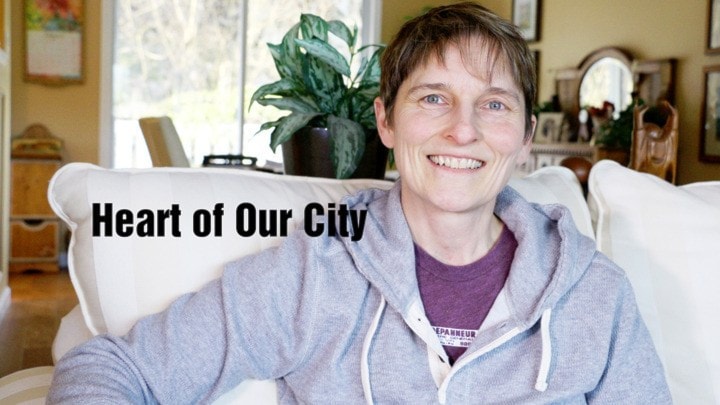Travelling by boat to First Nations coastal communities was part of her job description when she joined the Prince Rupert police detachment, a far cry from working in the nation’s capital.
When she was just six years old living in northern Manitoba, Susan Boyes was first drawn to the RCMP when she saw the musical ride in Winnipeg. Watching the police in their red serge atop a horse performing drills in time with music, Boyes dreamed of one day doing the same.
“Now, I’ve never been a part of the musical ride but I’ve had so many other adventures. I’ve met some incredible people inside the RCMP and in general,” Boyes said.
After more than 31 years with the RCMP, she has served in many roles with the aim of improving the police relationships within the communities she’s stationed, and bolstering First Nations recruitment.
Boyes is Métis herself, and when she first applied to the RCMP out of high school there was a hiring freeze on. She put her dream on hold to explore other options in the interim.
“I moved to Norway and went to cooking school. You would expect that someone going to cooking school is going to go to France, not me,” she said.
After a couple years in Scandinavia, she returned to Canada and joined the RCMP. Her first posting was in Kamloops and then she moved to Duncan where she became the media relations officer. In her 13 years on the island, she was able to mend a fractured relationship with the media.
There was no media relations officer before Boyes, and she had to work hard to find ways to make sure print and radio reporters we kept in the loop. She’d proactively contact the newsrooms when she heard of a crash or an incident.
“It was one of the busiest jobs I’ve ever had but one of the most fulfilling because we advanced the relationship so much and that made me happy,” she said. Often she would arrive at the scene the same time as the media and she would answer their questions and fill in the gaps.
Boyes was also the school liaison officer in a First Nations community in Duncan, and then when she went to Ottawa she was involved in the national recruiting program for Aboriginal youth. While she was living in the capital, she drove to Quebec City to marry her long-time partner Christine.
The couple met through a mutual friend in 1990. Twenty-two years later they got married at the Ice Hotel with a small party, including their daughter and her husband. “We just wanted to do something completely different.”
Back in Ottawa, she eventually got itchy feet, and was ready to leave for another adventure — Prince Rupert. There was an opening in the Aboriginal policing section and took it.
“The fun and unique part about being in Rupert is that my communities were Kitkatla and Hartley Bay. It’s a very unique situation. I instantly fell in love with it. Four years has flown by,” she said.
Her team would work from Wednesday to Wednesday, grab the necessary groceries, supplies and then they would jump in a boat and motor out to the communities for eight days at a time. The schedule allows them to be more immersed in the community.
“We lived in our communities more than we lived at home. It helped us make lots of in-roads,” she said.
The RCMP rancher’s style house in Kitkatla, as she described it, is a three bedroom house. The top floor is the living quarters, with a living area, kitchen and bedrooms. Downstairs is the detachment with an office space, interview room and two prison cells.
In four years, she has noticed how the community has opened up to the police. Boyes described how community members drop into the detachment for a cup of coffee and to talk about a police issue or even just to discuss the weather.
Time and constant attention were the key ingredients to building a trusting relationship within the two communities Boyes worked in.
She also helped bring a computer program into Kitkatla that helps build police relationships with the youth. The RCMP Foundation and General Electric Canada were looking for a location in B.C. to deliver their program that will donate laptops to 15 students who complete the assignments over the year. Boyes flagged Kitkatla as the ideal place due to its remote location and lack of equipment.
However, this year Boyes took a placement in the Lower Mainland to develop a new position in the province as the Métis and urban Aboriginal coordinator. She has handed the computer program off to a constable who was on her team.
“It’s been a good four years and now it’s time for someone else to come in, new blood, new energy and new ideas, for them to make their mark,” she said.
